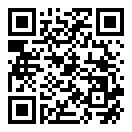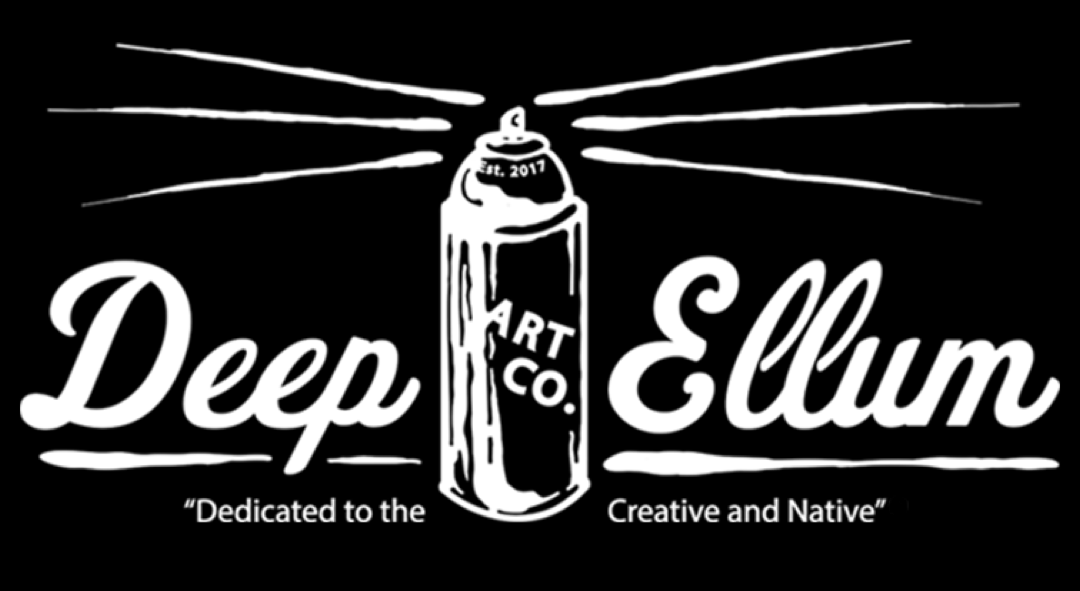
Devendra Banhart
Spune presents Devendra Banhart at Deep Ellum Art Co. on March 20, 2024.
“This dewdrop world –
Is a dewdrop world,
And yet, and yet…”
– Kobayashi Issa
Devendra Banhart’s Flying Wig, is a landscape of recurrent dualities; a can of paradoxes, a box of
worms. What goes up, must come down, eventually. Battle-scarred by life and loss, Banhart found
himself despondent, folded inwards; finding it difficult to speak, let alone sing.
“It’s about transmuting despair into gratitude, wounds into forgiveness, grief into praise”
ruminates Banhart on his eleventh studio album. Gliding through the air, the whisper of two
buoyant words symbolically and at times, literally appear — “and yet…” (inspired by ‘A World of
Dew’ by 19th century Japanese poet Kobayashi Issa) — coloring in the melancholic outlines and
replacing them with a bonded optimism. “The ‘and yet, and yet,’” Banhart explains, “is our ability
to face despair with hope, to keep on failing and loving. My whole life has been filled with
sadness. Everything I do in life is to help cope with that sadness.”
Turning his back on Los Angeles’ wailing sirens, he packed the bones that would become Flying
Wig’s songs into a bag and took to the secluded woodland of a Topanga canyon. The album is
the actualisation of a precious friendship with the acclaimed solo artist, multi-instrumentalist,
Mexican Summer stablemate and producer of Flying Wig, Cate Le Bon. The pair’s coming
together is one prophesied by the mirror-image titles of their early solo albums (Banhart’s 2002
Oh Me Oh My to Le Bon’s 2009 Me Oh My) and a tenderness built on crude haircuts (“we finally
met, soon after she was cutting my hair with a fork and that was that”) and home-made tattoos —
but never previously translated into the recording studio. “She’s the only person I wanted to
make this record with,” Banhart admits. “We set out to make a record sonically unlike anything I
have made before – with a new creative partner at the helm. We definitely wanted a new sound,
electronic yet organic and warm…we wanted to draw out and emphasize the emotional aspect of
a synthesizer.”
The redwood and pine-surrounded cabin studio (once owned by Neil Young) where Banhart was
“constantly listening to the Grateful Dead” somehow birthed something slick, city pop-adjacent
and Eno-esque. The product of a ritualistic creative practice that melts down and re-casts as it
mulls, the stuff of sadness beautified as it changes shape — culminating in a record that “sounds
like getting a very melancholic massage, or weeping, but in a really nice outfit…if I’m going to cry”,
Banhart mentions, “I want to do it in my best dress.”
Wearing, for much of the writing and recording, an Issey Miyake dress the color of the spring sky
— a gift from Le Bon’s own wardrobe — and his grandmother’s pearls, Banhart found himself
emboldened, protected; an experience “like returning to from where I started to sing when I was
a kid” (as recently emulated onstage at an emotional homecoming gig in Caracas — Banhart’s
first ever Venezuelan show). He elaborates: “I first started singing in my mother’s dresses when I was nine years old. It wasn’t about sexuality, just connecting with my feminine side and feeling
that I had permission… It felt like a power. And that’s a very safe and comfortable place for me. I
think a lot of the record is that – searching for hope, searching for a safe feeling.”
Nowhere more than in the album’s title is this sense of joyful abandon most strongly distilled. The
real wig that inspired it was, explains Banhart, a birthday present from the artist Isabelle
Albuquerque. “I placed it on a mic stand and it just hovered there for months in the middle of my
living room. Over time, it began to take on a playfully eerie presence and I started to imagine that
while I was asleep the Wig would fly off into the night and hang out with all the other wigs and
toupees that were flying around… It seemed like a lovely and haunting image, a symbol for
freedom.” Combined with Banhart’s wry and jubilant list of other inspirations for the record — “the
ballroom scene of the mid 80s, glamor, whales, the lonely employee at a dead-end corporate gig,
the bloodshot eyes of the divorcee, the night nurse, the rebellious nun” — there is, after all, much
up to be found with the down.
“I’m looking for a feeling / Hard to explain,” he echoes on Flying Wig’s opening track ‘Feeling,’
sibilant waves on sand, reverb pedals, elemental drones and mantric tones carrying a
confessional intimacy to the fore as dusk falls. The album’s ten songs unfurl languorously into the
embrace of the night: becoming trails of light on the mournful ‘Fireflies’, bathing in the glow of the
new-risen moon on ‘Sight Seer’, and bearing witness to the strangeness of metropolitan solitude
on ‘Sirens’ — the sound of panic the only company in a place filled with people.
Ever an intuitive producer, Le Bon reflects Banhart’s craft back on itself; arrangements of off-beat
percussion, cascading piano and subtly wonky sax the looking-glass double of the softly-spoken
dismemberment that suspends “blood outside the vein” on ‘Sight Seer’; conjures “an eye without
a head” on the title track, and on ‘Nun’, finds Banhart “running / running / running / running /
running out of legs.” The album’s contributing circle was kept small and familiar; its personnel
drawn from both artists’ tried, tested and trusted list of collaborators (Nicole Lawrence on pedal
steel and guitar, Todd Dahlhoff on bass, Greg Rogove on drums, Euan Hinshelwood on
saxophone), with Le Bon playing a panoply of additional parts (synths, guitar, percussion, bass,
piano) herself. The record’s finishing touches also came courtesy of Le Bon stalwarts, with mixing
and engineering by Samur Khouja — “He and Cate have such a dynamic at this point,” notes
Banhart, “that non-verbal communication, that psychic exchange that comes from proximity and
time and trust” — and mastering by Heba Kadry.
Through it all, Issa’s spirit of the upside — that glimmering “and yet…” in an otherwise dark and
fleeting world — pervades. The tough riff of ‘Twin’ serves as the iron bars that entrap its writer in
the “Same desolate space / Same no way out / Same infinite doubt”, and yet…at its core, there is
something cherished: “this precious thing / At the heart of everything you’ve wanted.
Stepping outside of himself to examine the unspeakable, Devendra Banhart is suddenly freer
than a bird. He is as free as a wig that transcends the body, transcends the head, and makes for
the clouds.



